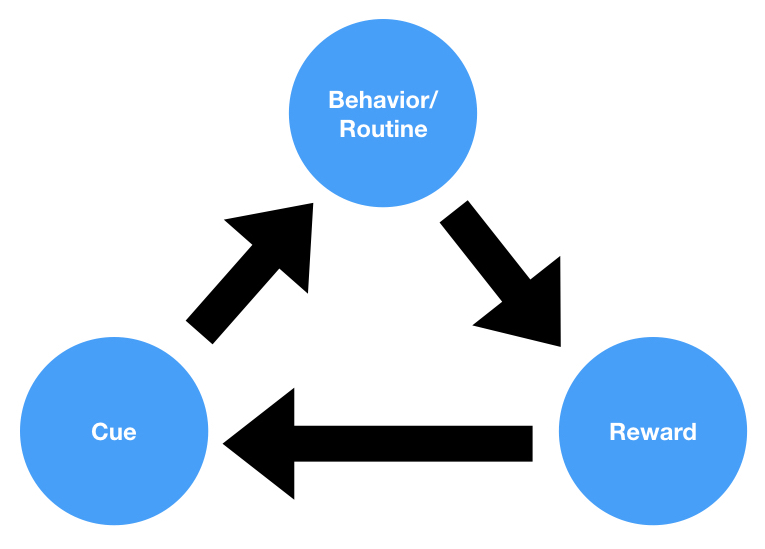The sunk cost fallacy is a phenomenon in which people have a tendency to continue investing time, effort, or resources in a course of action because they have already invested a significant amount in it, even when it is clear that the course of action is not working. This can happen because people tend to be influenced by the sunk costs, or the resources that have already been invested, and may be unwilling to admit that the course of action is not working. For example, if you have already spent a significant amount of money on a project, you may be unwilling to abandon the project, even if it is clear that it is not going to be successful. The sunk cost fallacy can lead to errors in judgment and decision-making, as it can cause people to continue pursuing a failing course of action, and to overlook more effective or efficient alternatives. To avoid the sunk cost fallacy, it is important to carefully evaluate the progress and effectiveness of a course of action, and to be willing to adapt or change course if it is not working. This can help us to avoid wasting time, effort, or resources on a failing course of action, and to pursue more effective alternatives.




